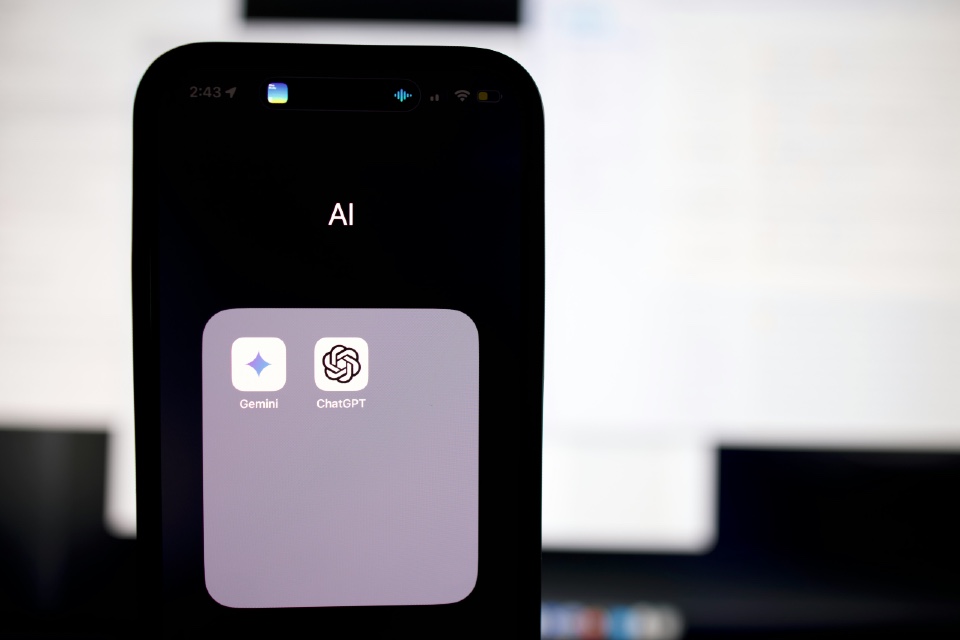Legacy tech ‘stalling GenAI adoption in manufacturing’

Manufacturing organisations worldwide are increasingly turning to GenAI to establish smart factories, spur innovation, improve productivity, build resilience and gain competitive advantage – but research indicates legacy tech is hampering progress. An NTT DATA report – “Feet on the Floor, Eyes on AI: Do you have a plan or a problem?” – also uncovers significant challenges related to workforce and […]
Generative AI now the most frequently deployed AI solution in organisations

According to a Gartner survey conducted in the fourth quarter of 2023, 29% of the 644 respondents from organisations in the U.S., Germany and the U.K. said that they have deployed and are using GenAI, making GenAI the most frequently deployed AI solution. GenAI was found to be more common than other solutions like graph […]
IT experts poll: Elon Musk is ‘wrong’ that no jobs will be needed in the future

Elon Musk’s claim that AI will make all human jobs irrelevant should not be taken seriously, according to a survey of tech experts conducted by BCS, The Chartered Institute for IT. During an interview with UK Prime Minister Rishi Sunak for the AI Safety Summit last year, Musk said: ‘There will come a point where […]
Where does GenAI fit into the data analytics landscape?

Recently, there has been a lot of interest and hype around Generative Artificial Intelligence (GenAI), such as ChatGPT and Bard. While these applications are more geared towards the consumer, there is a clear uptick in businesses wondering where this technology can fit into their corporate strategy. James Gornall, Cloud Architect Lead, CTS explains the vital […]


